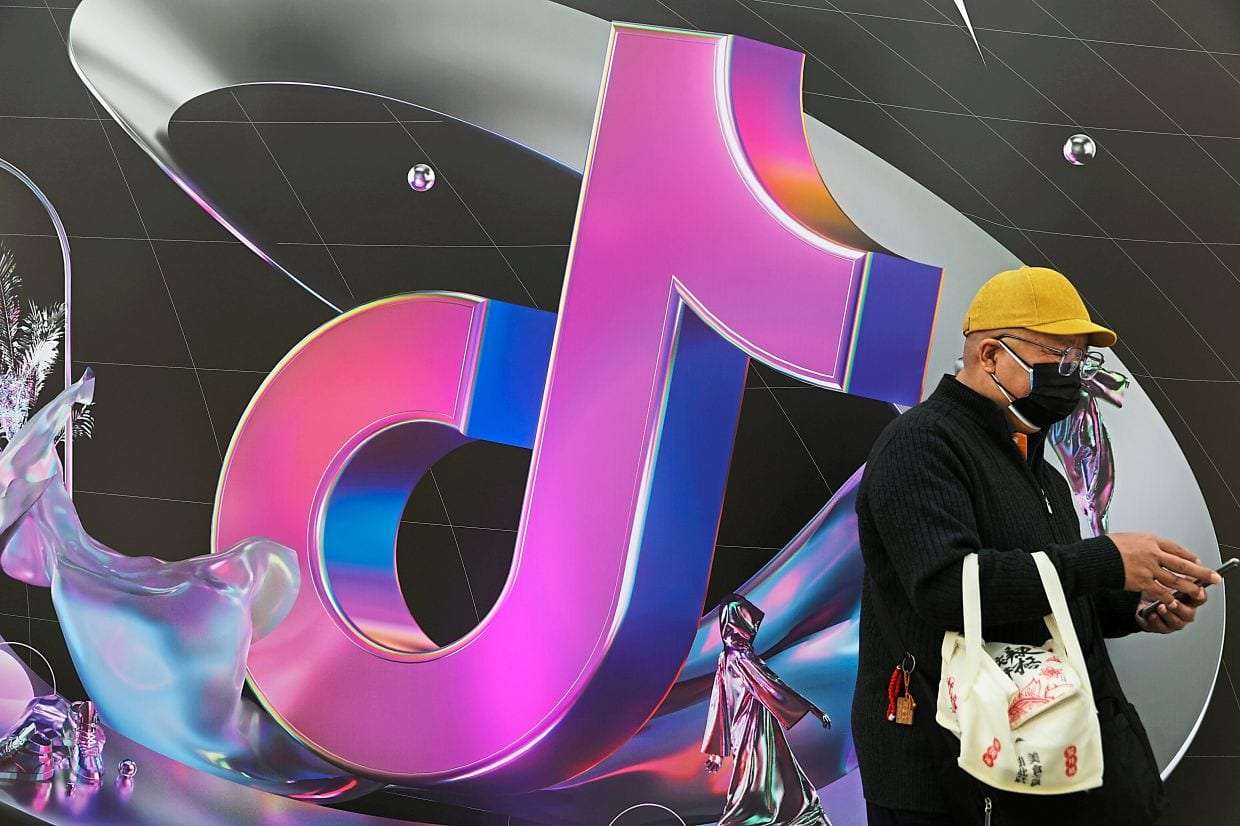
With so much liquidity being created and along with it an unprecedented rally in asset prices, the special-purpose acquisition companies (SPACs) space has been one large beneficiary of these flow of monies, as some US$97.3bil (RM402.68bil) have been raised in the US alone for the first quarter of the year, beating last year’s total fund raise of US$83.4bil.
According to SPAC Research, funds raised this year via SPAC were from 298 companies, which is already more than 20% the whole of last year’s total of 248 companies.
With so much money in these blank cheque initial public offering (IPO) companies, it is natural that these companies themselves are scrambling to get assets injected into their listing entity as time is not on their side either. Most SPACs exist for fixed timeframe, usually between two or three years, and if they fail to get a qualifying asset to be injected, also known as backdoor listing via a merger, the SPAC would have no choice but to be liquidated and monies returned to shareholders.
SPAC Research data shows that presently, there are some 553 active SPACs in the US with some US$178.3bil held in trust. Out of this, 120 of them have announced business combinations valued at some US$38.2bil, and hence leaving 433 SPACs with US$140.1bil held in trust fund seeking targets. In addition, there is another huge pipeline SPACs in the form of pre-IPO with some 253 SPACs seeking a listing, which will raise another US$63.9bil.
While SPACs have all the money in the world waiting for an asset to be injected, there is another spectrum of the assets that are now being targeted, especially in the startup space. In the past few weeks, we have seen some spectacular names achieving their illusive objective of becoming a public company but via a backdoor listing rather than a fresh IPO.
This include WeWork, which is now valued at meagre US$9bil, including debt, into BowX Acquisition Corp. As part of the deal, WeWork will also raise another US$1.3bil in what is referred to as private investment in public equity (PIPE), a sort of private placement to selected investors.
Latest this week was British used-car platform, Cazoo, which agreed to sell itself to Ajax I for US$7bil. This is almost 3 times its last round of funding in October when it was valued at US$2.5bil. In that round, Cazoo raised US$311mil from private investors. According to an article in Bloomberg, the SPAC deal will raise about US$1.6bil in proceeds, including US$805mil in a cash trust from the SPAC and another US$800mil from Ajax I’s sponsors.
Another name too familiar with us, Grab, is also planning a backdoor listing by merging with a SPAC in a deal said to be worth a mouth-watering US$40bil, almost three times its last known valuation of US$14bil.
With so many SPACs in the US looking for targets, the startups are indeed a natural choice as it allows these targeted companies to be listed without much investor scrutiny, with the exception of the shareholders of the merged SPAC itself. After all, if one were to look at the current startup universe, there are some 611 startup companies that are categorised as unicorn – a term used for companies that are valued at least US$1bil, based on statistics compiled by CB Insights.
In total, these startups alone are worth over US$2 trillion and have to date raised a total of US$426bil. Effectively, valuation of these companies is more than 5 times the amounts of monies raised itself.
According to CB Insights, the world’s most valuable private company is China-based ByteDance at US$140bil, followed by Stripe at US$95bil, SpaceX at US$74bil, Didi Chuxing at US$62bil and Instachart at US$39bil. These top five most valuable startups alone have a combined valuation of some US$410bil. ByteDance itself is said to be worth US$250bil, based on recent private transactions in the secondary market.
Of course, the larger startups probably has what it takes to go public on their own but for others, the SPAC route perhaps makes more sense. Some of the IPOs that have taken place this year among the startups include Affirm, a payment network provider, which came to market at a US$11.9bil valuation. Poshmark, a platform for new and second-hand clothing, came to market at US$3bil. Playtika was another huge IPO with a valuation of US$11bil. The company that is involved in developing mobile games was listed in January this year.
Even the online dating and social networking platforms are widely accepted by the market as we saw Bumble being listed in an IPO valuing the company US$8.2bil. This week, it was Deliveroo’s turn to go IPO, although coming in at the lower end of the guided price range, the food delivery firm was valued at US$10.5bil on listing, but the market’s reception was rather poor and was last seen near 30% lower than its IPO price.
Are SPACs marriage of convenience for start-ups?
This all depends on listing requirements of a particular exchange as to whether the targeted company qualifies as an acceptable asset to be injected into the SPAC. In Malaysia, there are of course rules for these too, and it is not easy to find a target that meets all the requirements. In the US, there are also conditions imposed for a qualifying asset to be injected and as we have seen in startup IPO listings, even if these companies are loss making, an IPO is still possible.
Hence, similarly, for startups that are loss making or even with negative earnings before interest, tax, depreciation and amortisation (ebitda), the backdoor route is still an avenue to get listed and easily achieved.
Thus, what we have now are the two extremes of asset classes, one with the cash, i.e. the SPACs, and the other end, mostly loss-making startups, looking for an IPO route, to get listed. In fact, most of these startups are rather cash-trap or potentially its own investors are mulling the idea to exit at a nice IPO valuation. After all, most of these IPOs are valued at some ridiculous valuation benchmarks anyway, some at price to sales, some at enterprise value to sales.
Of course, all this is possible as the discounted cashflow value that is derived is mostly dependent on a nice story being crafted as to how the company will be growing by leaps and bounds, not only by entering new markets but perhaps extending their product offerings too as well as the assumptions that come with it.
Hence, while we have so much of dry powder within the SPACs space of about US$200bil, the unlisted space that these SPACs are targeting at, typically among unicorns, have even bigger pool of valuation worth at least 10 times more. Whether they are marriage of conveniences or not, it is for the market to decide. After all, the market is always right.
Pankaj C. Kumar is a long-time investment analyst. Views expressed here are the writer’s own.
The article was first published here.
Photo by camilo jimenez on Unsplash.

 5.0
5.0 




















